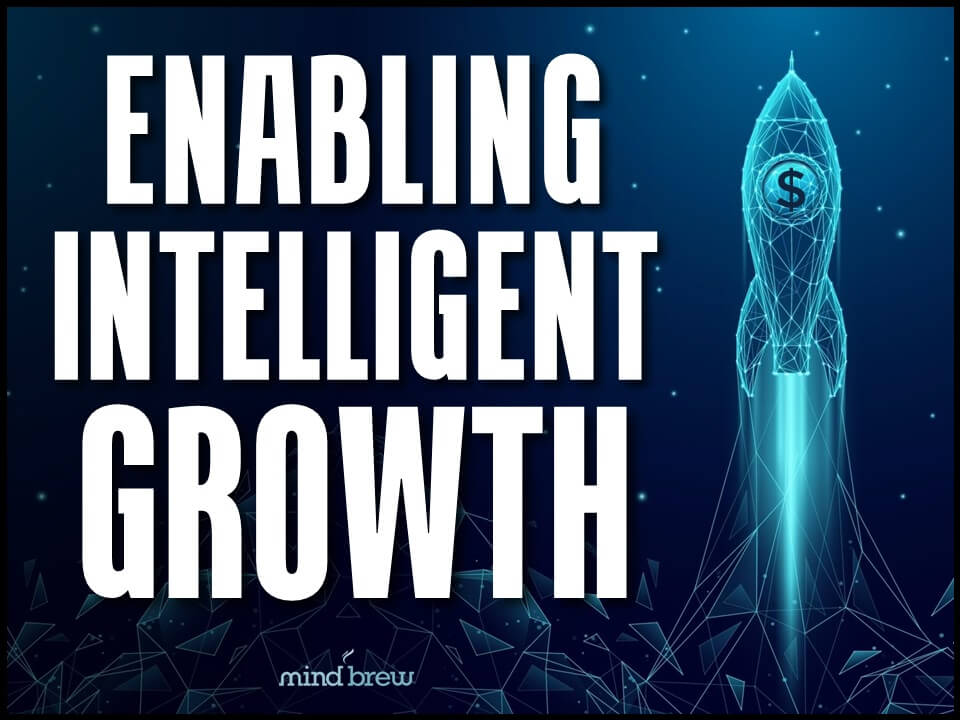Think about your best sales person for a moment. Chances are, they don’t waste their time on a prospect or opportunity that’s not likely to close. They know the characteristics of a successful opportunity. They likely spend a minimal amount of time to determine if those characteristics exist. If they don’t, they drop it and move on knowing their time is better spent elsewhere.
Now imagine some of the less productive salespeople you’ve seen throughout your career. They likely hold onto just about every opportunity they can. Some of them have to pan out, right? You’ll see an opportunity appear in their pipeline for weeks–even months–until it just disappears. Of course, when it does finally fall through, you can take comfort that they have other promising opportunities that they’re actively working.
It’s been said that the essence of strategy is choosing what not to do. Your best salespeople often excel at this skill–not necessarily because they’re great strategists, but because they know what the ideal opportunity looks like. In a perfect world, all of your salespeople would share this admirable trait. But when they don’t, it’s a skill you need to teach them.
Ask yourself what the ideal opportunity looks like. And keep in mind that simple metrics like size, industry, location and revenue aren’t enough. Look back at all of the deals you’ve won and lost. Chances are there are some common characteristics that would provide a much better flag on which opportunities will be successful. Maybe it’s organizational and depends on the stakeholders involved. Maybe it’s behavioral and depends on the marketing activities prospects respond to. Maybe it’s just how they answer certain questions.
Ask yourself…but don’t forget to ask your best salespeople what it is that they look for in a good opportunity. It’s likely that they have some great insight, but rarely have the occasion (or incentive) to share.











